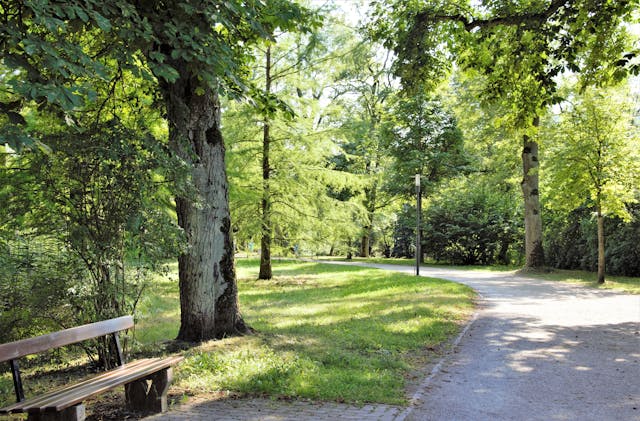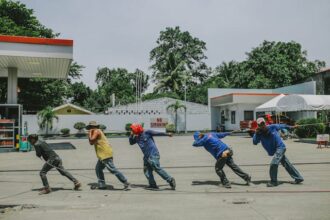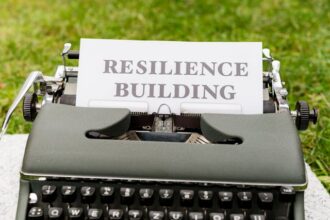A recent study by the USC Leonard Davis School of Gerontology indicates that increased exposure to extreme heat could accelerate the biological ageing process in older adults. This revelation raises significant concerns about the implications of climate change and heat waves on this demographic’s long-term health and molecular ageing.
Jennifer Ailshire, a senior author of the study and a professor of gerontology and sociology at the USC Leonard Davis School, stated that individuals residing in areas that frequently experience high temperatures tend to exhibit more excellent biological ageing compared to those in cooler regions. Biological age, which is determined by assessing the body’s functionality at molecular, cellular, and system levels, provides a more comprehensive measure of health than chronological age, which is calculated based on birthdate. Typically, a biological age surpassing one’s chronological age is linked to an increased risk of diseases and mortality.
Historically, extreme heat has been associated with adverse health outcomes, including a heightened mortality risk, but its direct connection to accelerated biological ageing has remained unclear until now. To explore this relationship, Ailshire and her co-author Eunyoung Choi, a postdoctoral scholar and alumna of USC Leonard Davis PhD in Gerontology, analysed the biological age of over 3,600 participants, aged 56 and above, from the Health and Retirement Study (HRS) in the United States. They looked into blood samples collected at various points over six years, examining epigenetic changes involving gene activity regulated by DNA methylation—a process that turns genes on or off.
The study utilised advanced mathematical models, known as epigenetic clocks, to assess methylation patterns and calculate biological ages at different times. These findings were then compared to the historical heat index and recorded heat days provided by the National Weather Service from 2010 to 2016. Notably, the analysis demonstrated a strong correlation between the number of extreme heat days in a neighbourhood and significant increases in biological age among the residents, even after adjusting for various socioeconomic, demographic, and lifestyle factors such as physical activity, alcohol consumption, and smoking habits.
Furthermore, Choi pointed out that individuals living in regions like Phoenix, Arizona, where temperatures frequently reach levels categorised as “Extreme Caution” or higher, experienced up to 14 months of additional biological ageing compared to those residing in areas with less than 10 heat days per year. This finding was consistent across three different epigenetic clocks used in the research, which analysed epigenetic ageing over a period ranging from one to six years.
The vulnerability of older adults to high heat is particularly concerning, and Ailshire emphasised the importance of considering both air temperature and relative humidity when assessing risk. Older individuals do not sweat as efficiently, reducing their body’s ability to cool through sweat evaporation.
The research team aims to identify other factors that may increase susceptibility to heat-related biological ageing and explore its connections to clinical outcomes. Meanwhile, the study’s results are poised to inform policymakers, architects, and urban planners about the necessity of incorporating heat mitigation and age-friendly design elements into the infrastructure updates of cities. This includes strategies such as designing shaded walkways, constructing bus stops, planting more trees, and expanding urban green spaces to protect the ageing population in increasingly warmer climates. These efforts are crucial as global climate and population age, making a clear case for enhanced strategies to address these intersecting challenges.
More information: Eunyoung Choi et al, Ambient outdoor heat and accelerated epigenetic aging among older adults in the US, Science Advances. DOI: 10.1126/sciadv.adr0616
Journal information: Science Advances Provided by University of Southern California








